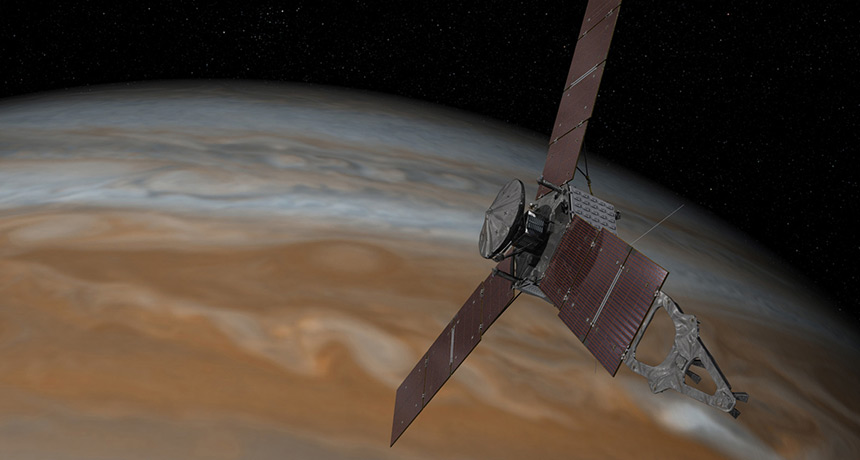Juno spacecraft goes into ‘safe mode,’ continues to orbit Jupiter

NASA's Juno spacecraft (illustrated) is currently in safe mode as it completes second orbit around Jupiter.
NASA

NASA's Juno spacecraft (illustrated) is currently in safe mode as it completes second orbit around Jupiter.
NASA